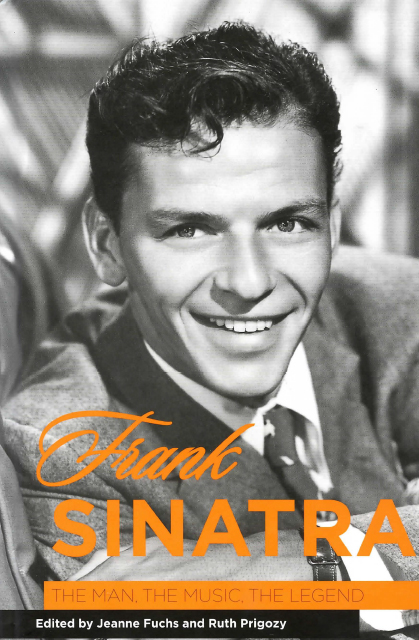8 - Frank Sinatra Meets the Beats
Published online by Cambridge University Press: 10 March 2023
Summary
No evidence indicates that Frank Sinatra and any of the principals of the Beat Generation ever actually met. Instead, their paths crossed in the topography of post–World War II culture, located in sectors dedicated to music, poetry, youth, masculinity, and popular appeal and significance. As Roy Carr, Brian Case, and Fred Dellar indicate in their Beat Generation scrapbook, they could be found in the terrain of “the hip,” suggesting one facet of such a subcultural process by affirming its forces of both inclusion and exclusion: “The hipster always assumes that the membership is filled, even when—particularly when—he is the only cat on the case.” When Carr, Case, and Dellar compress Sinatra with the Beat Generation, they do so within the districts of style, performance, appeal, and influence, affirming the potency of his talents and image, and endorsing his overall impact in the 1940s and 1950s, in particular. For their purposes, the significance of Sinatra, in relation to the Beat Generation and the moment of hip, was that he “sang on behalf of Young America.” Such a suggestion, and the elusiveness of the rest of their discussion, indicates Sinatra's capacity to serve as a point of identification, as a slate onto which space values can be written in order to gain access to cultural capital of a kind Sinatra himself undeniably possessed.
Three examples, from the realms of literature, biography, and parody, suggest ways that Sinatra has been portrayed in writing in relation to his near-contemporaries in defining youth culture in the United States, the Beat Generation. In one, Allen Ginsberg writes Sinatra into the contemporary United States that he conveys in his poetry; in another, Jack Kerouac writes Sinatra onto himself; and finally MAD magazine writes Sinatra into the mass-culture rendition of the Beat Generation.
An emblem of the contemporary United States from the 1940s on, Sinatra found his way into the writing of Allen Ginsberg, a poet “of these states,” intimately concerned with the conditions that surrounded him during the same period. Sinatra appears by name, however, only four times in Ginsberg's Collected Poems 1947–1980—more occasions than Charlie Chaplin, Bob Hope, John Wayne, Elvis Presley, Thelonious Monk, or Sammy Davis, Jr., but fewer than Albert Einstein, Franklin Roosevelt, Nelson Rockefeller, Bob Dylan, or William Blake.
- Type
- Chapter
- Information
- Frank SinatraThe Man, the Music, the Legend, pp. 63 - 72Publisher: Boydell & BrewerPrint publication year: 2007

